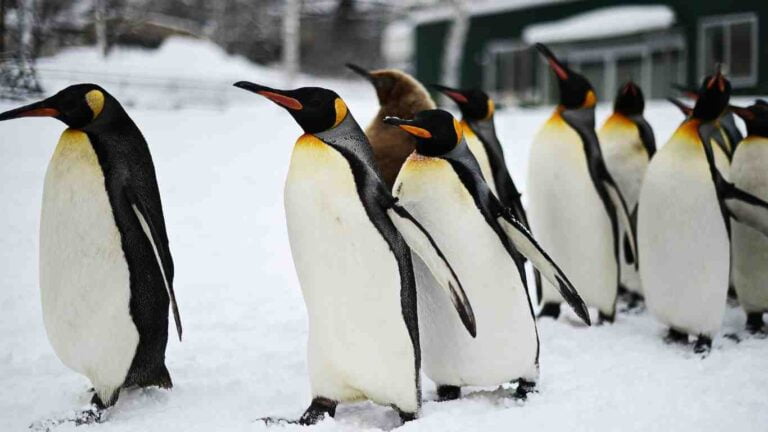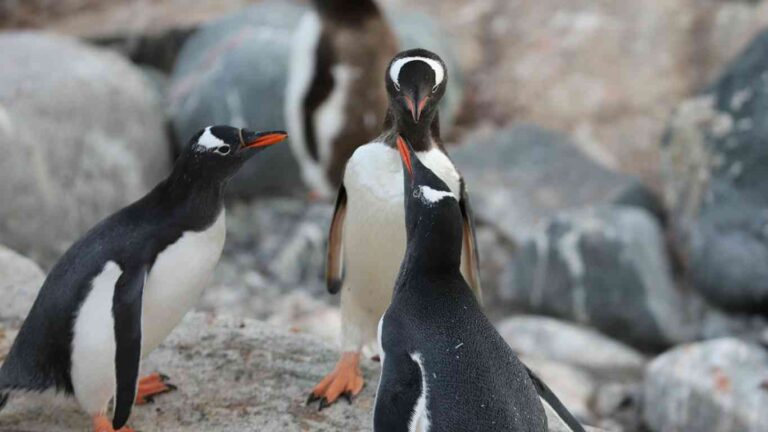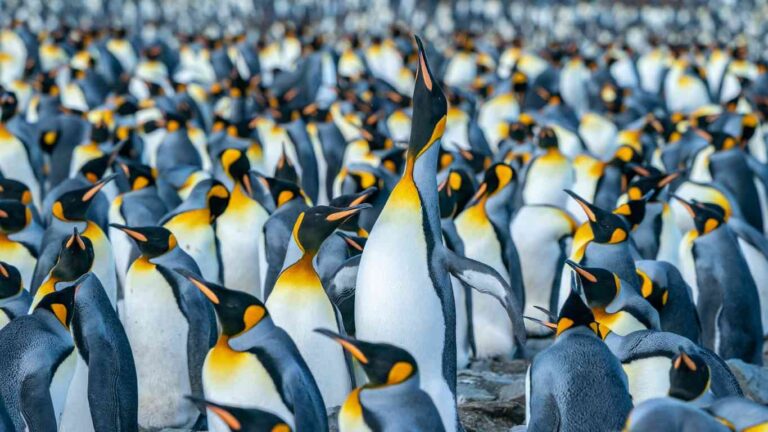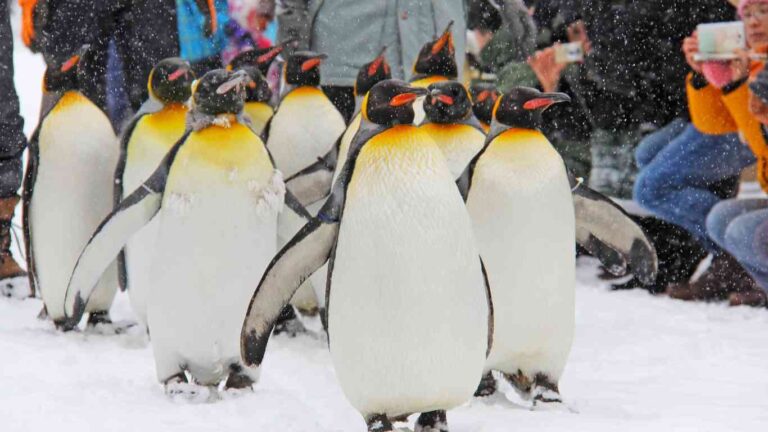Do Penguins Have Scales? Is it Fiction or Fact?
When we think of creatures with scales, reptiles and fish commonly come to mind. Their bodies are often adorned with a protective layer of scales that gleam in their aquatic or terrestrial habitats.
However, the animal kingdom is vast, and various adaptations can be found across different species.
This brings us to an interesting question related to one of the most beloved animals in colder climates: do penguins have scales?
Do Penguins Have Scales?
Penguins do not have scales in the sense that fish or reptiles do. Instead, they have feathers, which are fundamentally different from scales both anatomically and functionally.
However, due to their tightly packed nature, a penguin’s plumage may sometimes give the appearance of having a scale-like pattern.
In a typical sense, when we talk about scales, we are referring to the small, plate-like structures that cover the skin of most fishes and reptiles.
Scales are small, hard plates that arise from the epidermis in various animals such as reptiles, fish, and some aquatic species.
In reptiles, scales are typically composed of keratin, the same protein found in human hair and nails, and are structured to overlap, offering waterproofing and protection.
Fish scales differ in their structure, with variations including cycloid, ctenoid, or placoid, depending on the species.
Feathers, which are exclusive to birds, likely evolved from reptile scales and are made of keratin. Their complex structure, with a quill and barbs, serves to insulate, enable flight, and is used in mating displays.
But, unlike other birds, penguins have extremely dense feather coverage to insulate their bodies from the cold water and harsh weather conditions they face in their natural habitats.
Penguin feathers are small, broad, and stiff, and they overlap closely in a way that resembles a tight suit of scale-like armor.
This dense overlap provides a waterproof layer that is critical to the penguin’s ability to stay dry and maintain body warmth.
Penguins also have scale-like feathers called sparse, on their feet to help keep warm and move on ice and in water.
This might confuse many people but the sparse feathers on the penguin’s feet provide additional grip for navigating slippery ice and aid in propulsion while swimming.
Furthermore, penguins have a secret weapon in their arsenal for dealing with wet conditions, a gland near the base of their tail secretes an oil that the penguins spread over their feathers for additional waterproofing.
This oil not only keeps their feathers from becoming waterlogged but also contributes to the sleek, shiny appearance that one might associate with the characteristics of scales.
In essence, penguin feathers function in a similar way to scales, as they provide protection from the elements and help to streamline the body for more efficient swimming.
These scale like feathers are unique, though, since they offer thermal insulation, serve buoyancy purposes during swimming, and are an integral part of these birds’ adaptation to their icy environment.
Closing Remarks
In conclusion, penguins do not have scales in the same sense as fish or reptiles. Their bodies are coated in a thick layer of specialized feathers that offer a scale-like protection against the cold and the sea.
This case exemplifies the extraordinary ways creatures evolve unique traits to survive and thrive in their respective niches around the world.
Although it might be a common misconception to consider penguins as having scales, they clearly showcase nature’s ingenuity through their distinctive feathery adaptation.
(Featured image by Martin Wettstein on Unsplash)







